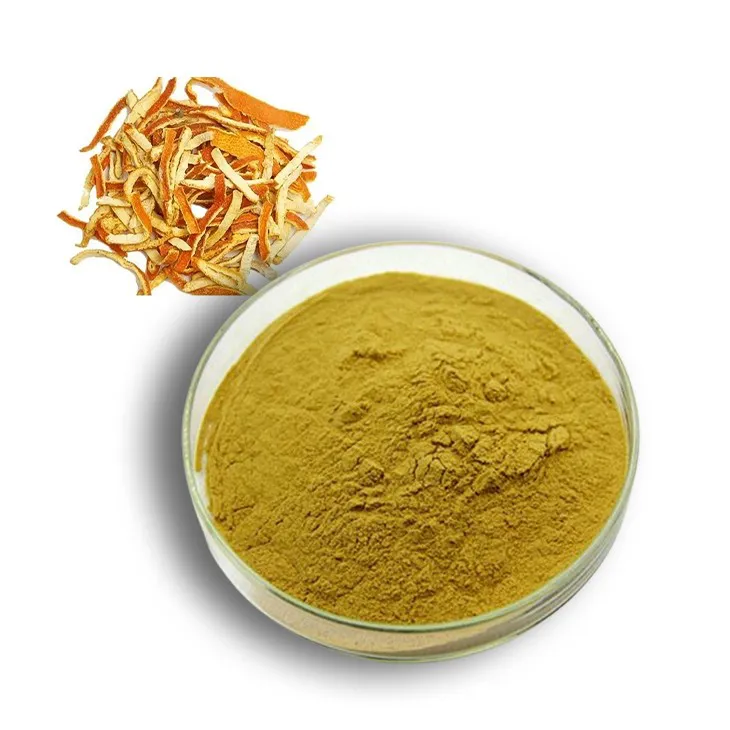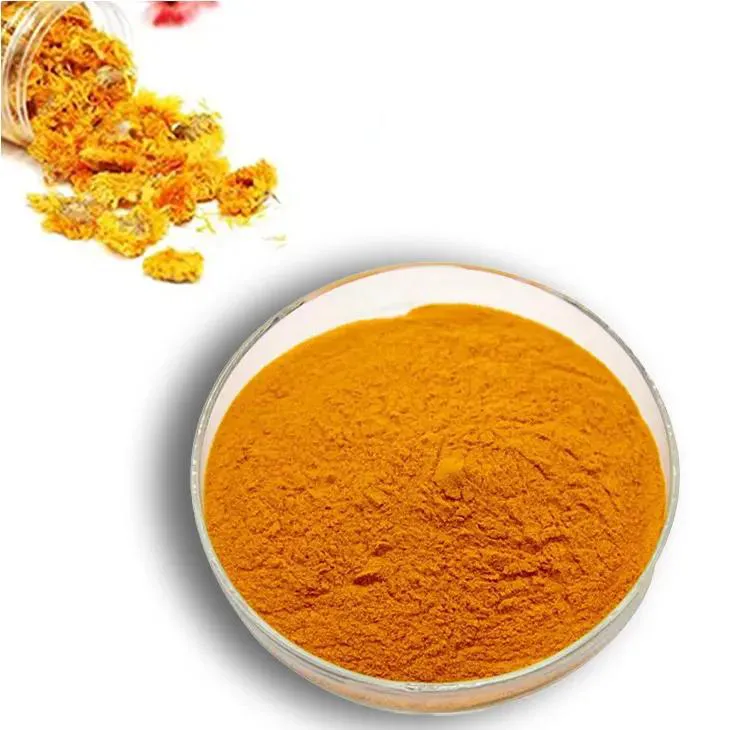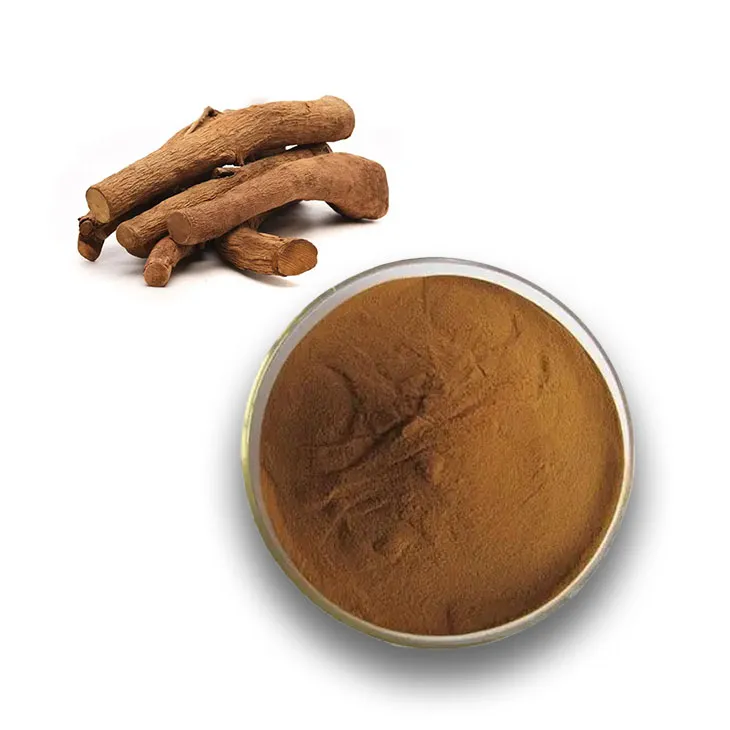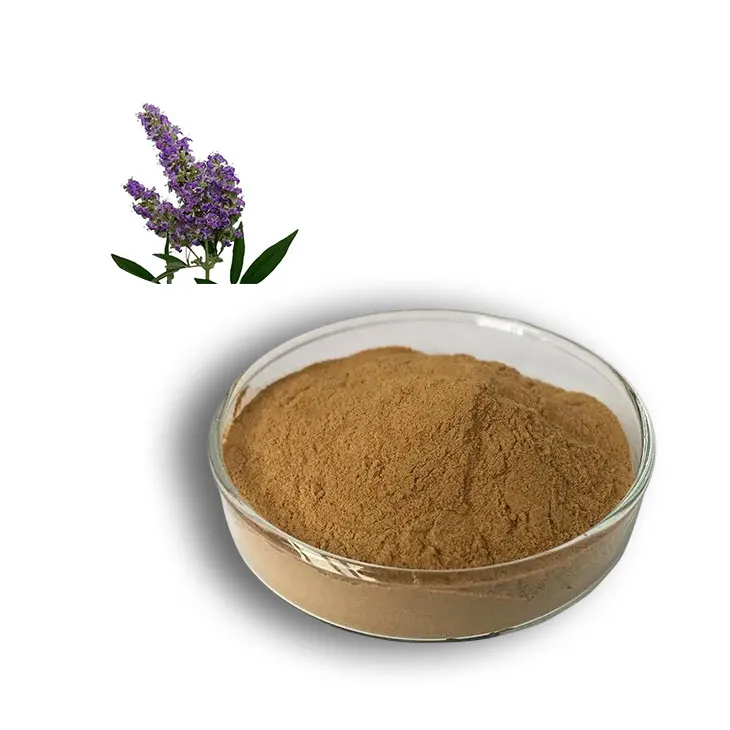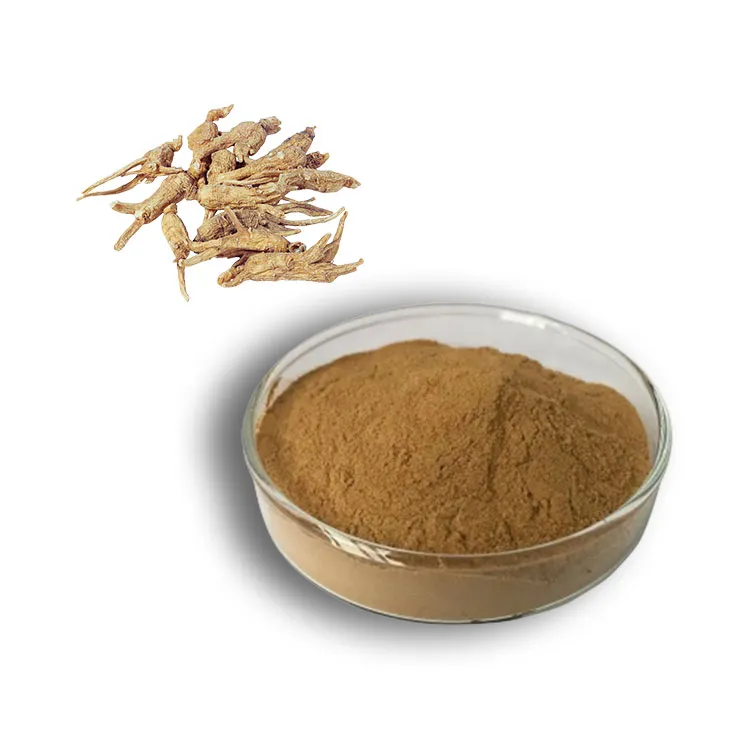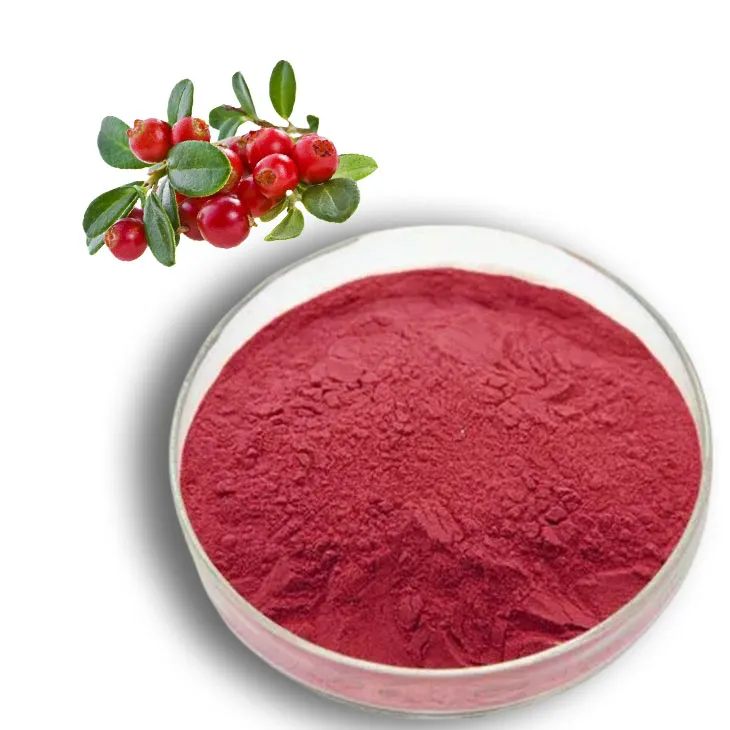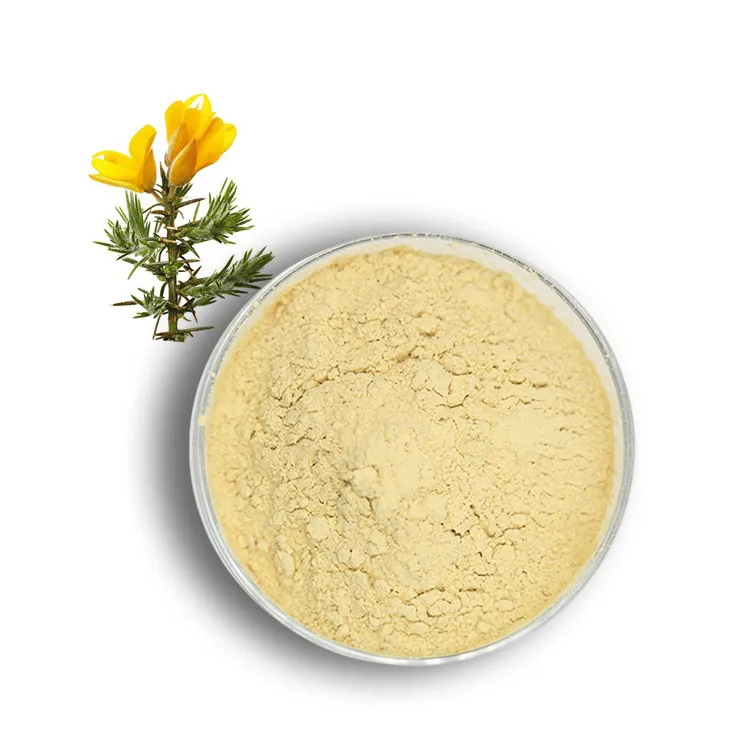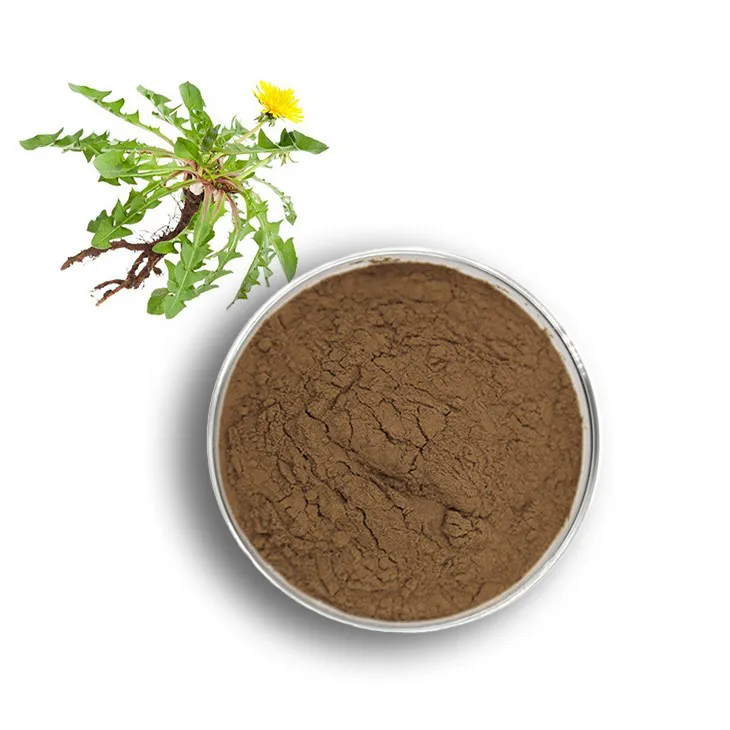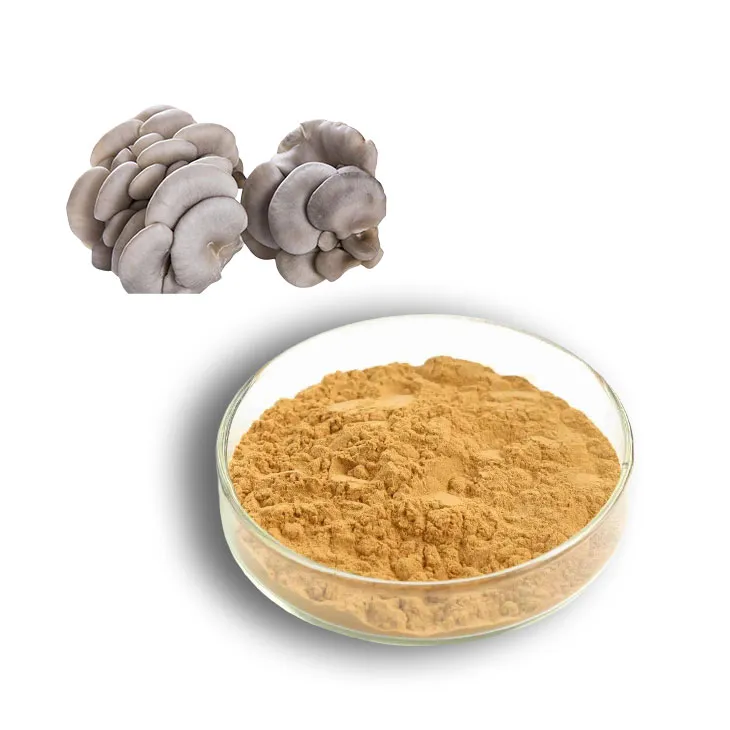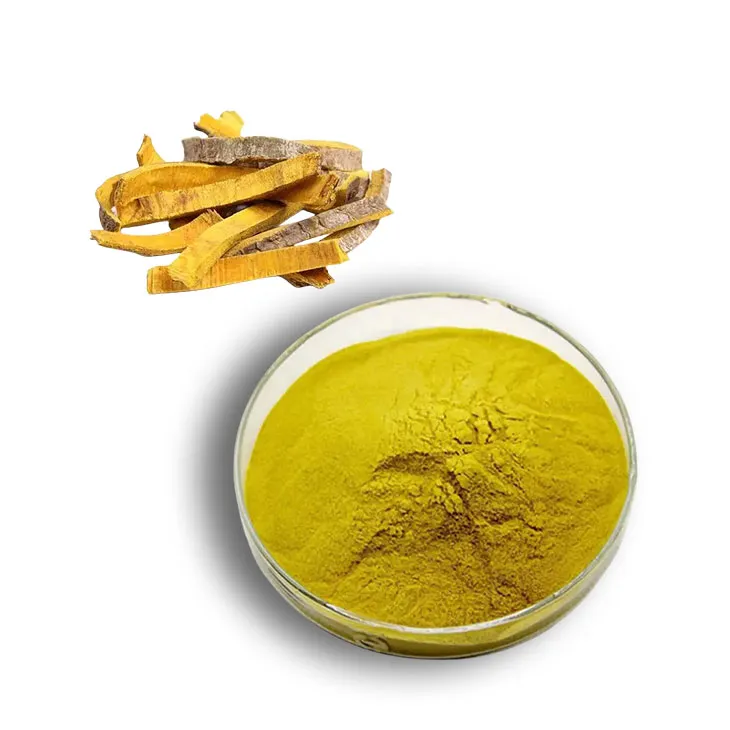- 0086-571-85302990
- sales@greenskybio.com
Best Rice Options for Managing High Cholesterol
2025-08-14
In today's health-conscious world, managing cholesterol levels is a priority for many individuals, as high cholesterol is a known risk factor for cardiovascular diseases. Dietary choices play a significant role in maintaining healthy cholesterol levels, and understanding these choices can avert serious health issues. Rice, a staple food for billions worldwide, is often at the center of dietary discussions. While traditionally seen as a carbohydrate source, not all rice is created equal, and some varieties can positively impact cholesterol levels.
This comprehensive article explores the types of rice best suited for individuals with high cholesterol, examining their nutritional profiles and health benefits. Additionally, we will discuss how rice fits into a heart-healthy diet and provide tips on maximizing its benefits.
Understanding Cholesterol and Its Impact on Health
Cholesterol is a waxy, fat-like substance found in every cell of the body. It is essential for producing hormones, vitamin D, and substances that help digest foods. However, elevated levels of low-density lipoprotein (LDL), commonly known as "bad" cholesterol, can lead to plaque buildup in arteries, increasing the risk of atherosclerosis, heart attacks, and strokes. Conversely, high-density lipoprotein (HDL) is "good" cholesterol that helps remove LDL cholesterol from the bloodstream.
Dietary habits significantly influence cholesterol levels. Foods high in saturated fats, trans fats, and cholesterol can elevate LDL levels, while fiber-rich and unsaturated-fat-rich foods help reduce LDL and increase HDL levels. Rice, especially whole-grain varieties, can be a valuable component of a cholesterol-lowering diet.
Types of Rice and Their Impact on Cholesterol
1. Brown Rice
Brown rice is a whole grain that retains its bran and germ, making it rich in nutrients compared to white rice, which is milled to remove these parts. This retaining process makes brown rice high in fiber, vitamins, and minerals. The fiber in brown rice, specifically soluble fiber, plays a crucial role in lowering cholesterol levels. Soluble fiber binds to cholesterol in the digestive system, aiding in its excretion and reducing the amount absorbed into the bloodstream.
Additionally, brown rice contains beneficial plant compounds called lignans and ferulic acid, which possess antioxidant properties that promote heart health by reducing inflammation and protecting against oxidative stress.
2. Red Yeast Rice
Red yeast rice is produced by fermenting rice with a specific type of yeast called Monascus purpureus. It contains monacolin K, a compound chemically identical to the active ingredient in certain cholesterol-lowering medications known as statins. Numerous studies have shown that red yeast rice can significantly reduce LDL cholesterol levels, making it an effective natural alternative for managing high cholesterol.
While red yeast rice is beneficial, it should be used cautiously and under medical supervision, as it can have similar side effects to statins and interact with other medications.
3. Black Rice
Often called the "forbidden rice," black rice is packed with nutrients and antioxidants, particularly anthocyanins, which give it its dark color. Anthocyanins have been shown to improve cholesterol levels by reducing LDL cholesterol and increasing HDL cholesterol. They also offer anti-inflammatory and anti-cancer benefits, supporting overall cardiovascular health.
Black rice has the highest protein content among rice varieties, including essential amino acids that support heart health and reduce inflammation.
4. Wild Rice
Although technically not rice but a seed of aquatic grass, wild rice is often included in rice discussions due to its similar culinary uses. Wild rice is high in protein, fiber, and complex carbohydrates, contributing to better heart health. Its rich fiber content helps in lowering cholesterol levels, while its protein content supports muscle health and satiety, which can aid in weight management—a crucial factor in maintaining healthy cholesterol levels.
Wild rice also contains antioxidants that help reduce oxidative stress, further protecting against cardiovascular diseases.
5. Basmati Rice
While basmati rice is often favored for its aromatic quality and flavorful taste, choosing whole-grain or brown basmati rice is crucial for cholesterol management. Whole-grain basmati rice retains the bran and germ, providing fiber and nutrients that help reduce LDL cholesterol levels.
White basmati rice, although not as beneficial as its whole-grain counterpart, can be a part of a balanced diet when consumed in moderation.
Integrating Rice into a Heart-Healthy Diet
To maximize the benefits of rice for cholesterol management, consider these tips:
- Choose Whole-Grain Varieties: Whenever possible, opt for brown, black, red yeast, or wild rice instead of polished white rice, as these whole-grain options retain more fiber and nutrients.
- Watch Portions: Even healthy rice varieties can contribute to weight gain if consumed in excess. Monitor portion sizes to maintain a balanced diet.
- Pair with Vegetables: Enhance the nutritional value of rice meals by adding a variety of vegetables. Vegetables contribute additional fiber, vitamins, and antioxidants, further supporting heart health.
- Incorporate Healthy Fats: Add heart-healthy fats like olive oil, avocado, or nuts to rice dishes. These unsaturated fats can improve cholesterol levels and enhance the absorption of fat-soluble vitamins.
- Limit Sauces and Salt: Be mindful of high-sodium sauces and condiments often used in rice dishes, as excess sodium can negatively impact blood pressure and heart health.
The Broader View: A Balanced Diet for Managing Cholesterol
While rice can be a valuable component in managing cholesterol, it should be part of an overall heart-healthy diet. This diet includes:
- Fruits and Vegetables: Aim for a variety of colorful produce to ensure a wide range of nutrients and antioxidants.
- Lean Proteins: Opt for fish, poultry, legumes, and nuts, which are lower in saturated fats than red meat.
- Whole Grains: Beyond rice, include other whole grains such as oats, barley, and quinoa, which offer additional fiber and nutrients.
- Limited Saturated and Trans Fats: Reduce intake of foods high in unhealthy fats, such as fried foods, processed snacks, and baked goods.
- Moderate Alcohol Consumption: If you drink alcohol, do so in moderation, as excessive intake can elevate cholesterol levels.
Conclusion
Selecting the best rice for managing high cholesterol involves choosing varieties that are rich in fiber and antioxidants, such as brown rice, red yeast rice, black rice, and wild rice. These options provide significant health benefits that extend beyond managing cholesterol, supporting overall cardiovascular health. By integrating these rice varieties into a balanced, heart-healthy diet, individuals can take proactive steps toward maintaining healthy cholesterol levels and reducing the risk of cardiovascular diseases. As with any dietary change, it is advisable to consult a healthcare provider to tailor a diet plan that meets individual health needs and goals.
- ▶ Hesperidin
- ▶ Citrus Bioflavonoids
- ▶ Plant Extract
- ▶ lycopene
- ▶ Diosmin
- ▶ Grape seed extract
- ▶ Sea buckthorn Juice Powder
- ▶ Fruit Juice Powder
- ▶ Hops Extract
- ▶ Artichoke Extract
- ▶ Mushroom extract
- ▶ Astaxanthin
- ▶ Green Tea Extract
- ▶ Curcumin
- ▶ Horse Chestnut Extract
- ▶ Other Product
- ▶ Boswellia Serrata Extract
- ▶ Resveratrol
- ▶ Marigold Extract
- ▶ Grape Leaf Extract
- ▶ New Product
- ▶ Aminolevulinic acid
- ▶ Cranberry Extract
- ▶ Red Yeast Rice
- ▶ Red Wine Extract
-
Hesperidin
2025-08-14
-
Marigold Extract
2025-08-14
-
Tongkat Ali Extract Powder
2025-08-14
-
Chasteberry Extract
2025-08-14
-
Angelica sinensis extract
2025-08-14
-
Cranberry Extract
2025-08-14
-
Genistein
2025-08-14
-
Dandelion Root Extract
2025-08-14
-
Oyster Mushroom Extract Powder
2025-08-14
-
Phellodendron Extract
2025-08-14











